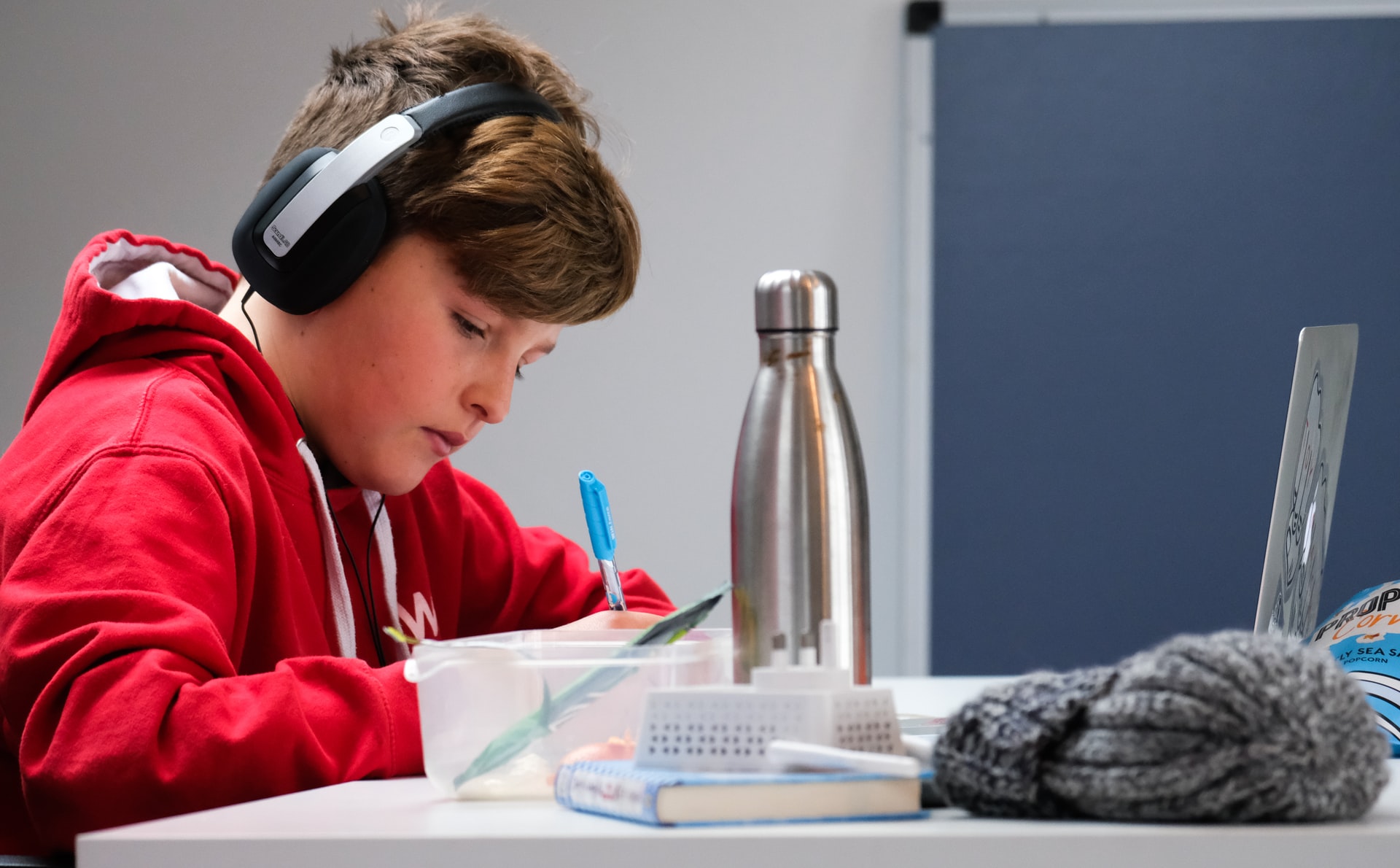After the easing of the first lockdown in 2020 – when one was finally allowed to meet another person, outside of your household, for a walk – I met up with a clergy friend from a ‘pioneering’ church, that was newly established in a nearby large town. His church was a very snazzy set-up: well-financed, a trendy new building, hi-tech, lots of young leaders.
Anyway, we got to talking about children and youth church and how we were coping with the restrictions. In my church I am the volunteer leader who oversees this area and I had been keeping a close eye on how things were going with my teams. I told my friend that, while lockdown had been stressful, we were pleasantly surprised with how many children and young people were attending our online meetings. While we were newcomers to Zoom – and while it sometimes could feel a bit clunky – weekly attendance of young people was very high. In fact, it was better than when our groups normally met in-person before the pandemic!
His reply surprised me. His church team had created some really impressive online resources: well-produced, beautifully crafted, all-singing-all-dancing. And the result? Numbers of young people logging-on had been extremely disappointing. What was going on?
We decided that the answer was very simple. Cut off from personal contact with their friends and leaders, a bunch of Zoom screens – even with those two-second delays on speech – had greater appeal (and offered more connection, even solace) than immaculate presentations. It was personal contact that they needed. It was then that something of the enormity of what had landed on our children and young people hit home in a new way.
The mixed blessings of home-working
Many people have commented on the personal sense of ‘liberation’ that they have felt at not having to go into the office and, instead, working from home. The freedom from commuting and the economic savings gained from no longer having to maintain the workspace in the office, or the learning space in the school or college, has been extolled. And clearly, for many people, there have been positive aspects to the ‘new normal’ as it impacts on work.
However, there is another side to this ‘new normal’ situation, as many people will testify. Isolation, overcrowding, lack of a workspace, competition for devices and broadband has been the experience of many people. And for those joining a team, or new members of a team, the experience of ‘home-working’ has often been anything but ‘liberating’! As one wise friend commented to me: “In home-working, people cash in the social capital that they have built up and invested over the preceding years.”
But for those who have not built up that ‘social capital’ all they get is isolation, loneliness and a sense of fragmentation. Similarly, for those who rely on personal interactions, the experience has been difficult to manage.
Nobody has experienced this more than our children and young people. This started from the most basic level. It was often commented that young people have lots of devices capable of accessing the internet and that they were ideally placed to respond to the rush to online working. Of course, what this failed to recognise was the fact that most of these ‘devices capable of accessing the internet’ are mobile phones. Ever tried writing an essay or doing a presentation on a mobile phone?
Many families and young people don’t have a laptop. Or the family laptop was in high demand, as parent(s) were also experiencing the ‘liberating joys’ of home-working. For the poorest families the situation was crippling and a significant number of students rarely, or never, logged on. They would have liked to – but they simply could not do so. The pandemic targeted the education of the poor and the marginalised, as much as it did the health of the old, the poor, and those with underlying health conditions.
The same lack of online attendance was, unsurprisingly, also seen among those students whose commitment to learning had always been a matter of concern. Those who were already behind fell even further back during the lockdowns.
Government initiatives were way behind the curve of need. I knew of one school who – giving up on the promise of laptops from the government – dusted down their store of battered ones and took them out to students in need. These were the laptops with the broken keys, the unresponsive touch pads, and the snail-slow internet access that had driven teachers mad for years. But now they became the only way that students could stay in touch.
Given the crisis that hit our communities, it is frankly extraordinary how well schools have coped and how teachers and students have overcome difficulties in order to make learning happen. But this has come at a high price.
The impact on mental health
When the cost of the pandemic is calculated, the negative impact on mental health must be underlined on the grim balance sheet. Few have experienced this more than our children and young people. And it has been worse than disrupted lessons, missed time with mates, an abandoned prom, no extracurricular activities. Significant mental illness has also been a product of Covid-19.
Older English translations of Matthew 19:14 conveyed the words of Jesus as “Suffer little children,” using sixteenth- and seventeenth-century English to communicate the original Greek. The meaning, of course, as expressed in modern English is: “Let the children come to me.” However, the word ‘suffer’ in its modern sense has been the experience of many children over the recent past.
In August 2021, The Lancet carried a report on the impact of the pandemic on the mental health of young people. It reported on the findings of the ‘Co-SPACE study.’ This is a UK-based survey of parents and carers of children and adolescents aged 4–16 years, and adolescents aged 11–16 years. It started early in the first lockdown of 2020 and has collected data from over 8,700 families. It will come as little surprise to discover that incidence of behavioural, emotional and attentional difficulties went up significantly during the lockdowns.
It was bad for all children and young people, but seemed to be worse among pre-adolescent children (aged 4–10 years). The most likely reason being “isolation from peers and family stress.” The same pattern affected parents of these children, as they juggled home- schooling with work demands and domestic commitments. Of these parents, over 60% reported that “they did not feel able to meet the needs of both their child and their work.”
Read full article here
(c) The Christian Today, used with permission.




